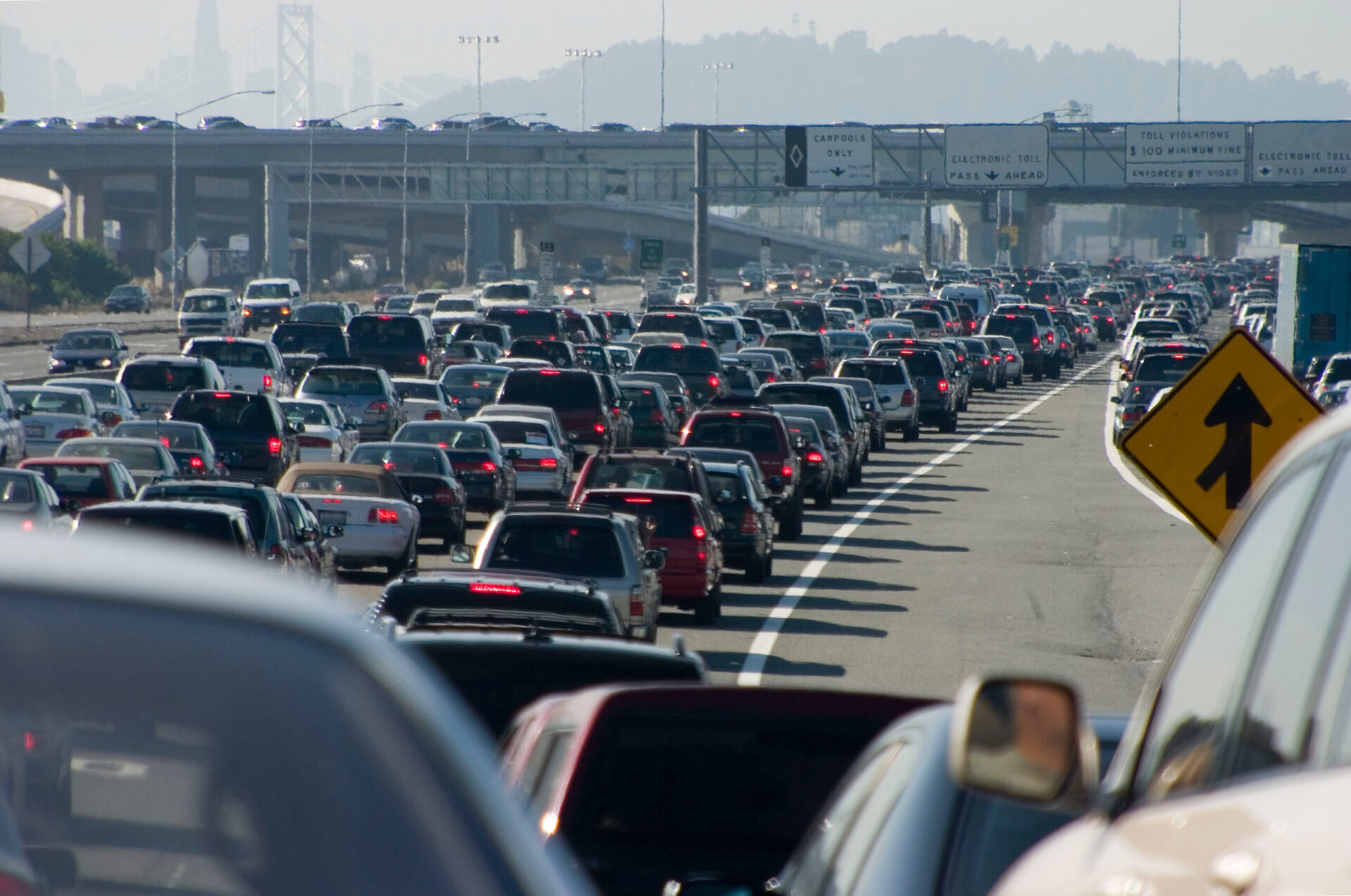As newer advancements are being made to accommodate COVID-19 regulations, there have been some notable trends in road traffic and safety metrics. Despite a lower number of Americans driving in 2020 due to the pandemic, about 38,680 people died in motor vehicle traffic crashes. This is the largest projected number of fatalities since 2007, and represents a 7.2% increase compared to 36,096 fatalities reported in 2019. What may have caused such a drastic increase in the numbers, even when the streets were relatively emptier due to stay-at-home orders across the country?
Person driving a car during the Pandemic (Source: Urbazon)
Analyzing the impact of the COVID-19 pandemic on road traffic collisions across the world, scholars at Melleke University and United Arab Emirate University uncovered indirect trends in terms of increase or decrease in road traffic fatalities as a result of quarantine restrictions. As we learned more about how COVID is transmitted among groups of people, countries around the world began implementing national strategies to reduce this spread. These strategies included physical distancing, quarantine, stay-at-home orders, closure of schools, restrictions of travel and mass gatherings, and complete lockdown. This resulted in a reduction in overall road traffic movements, which in turn impacted how congested the roads were. A decrease in traffic congestion should theoretically help reduce traffic collisions, however, the increase in empty lanes can also lead to increased speeding. When lanes are emptier, drivers are likely to speed excessively, which is anticipated to also increase the likelihood and severity of road traffic crashes, and hence despite the few number of vehicles on road and an overall reduction in the traffic volume, there was an increase in fatalities and injuries as a result of road traffic collisions. Within the USA, amidst COVID-19 restrictions, there was an increase in speeding in various metropolitan cities by 13% to 64% amidst COVID-19 restrictions. Outside of the United States, some countries found that reduced traffic volume during lockdown lead to an increase in not only the driving speed, but also harsh acceleration, repeated harsh braking, and the usage of mobile cellphones, all of which are risk factors for road traffic collisions.
Traveling continues to be an important component of many of our lives. As we return to more “normal” operations, it is imperative to remind ourselves of current road safety regulations– only then can we make a transition to the new normal, especially on the road.
Featured Image Source: Aaron Kohr










